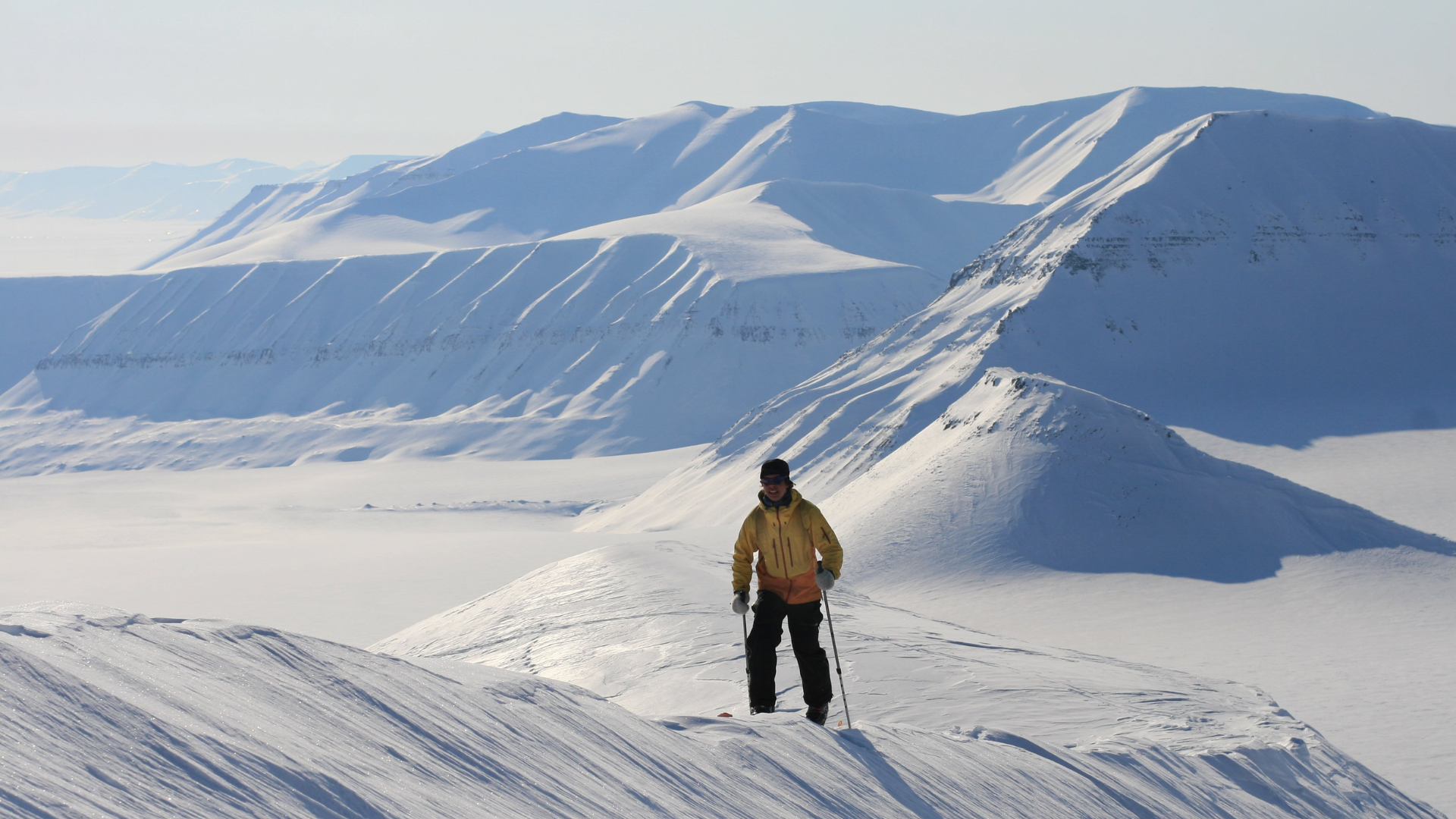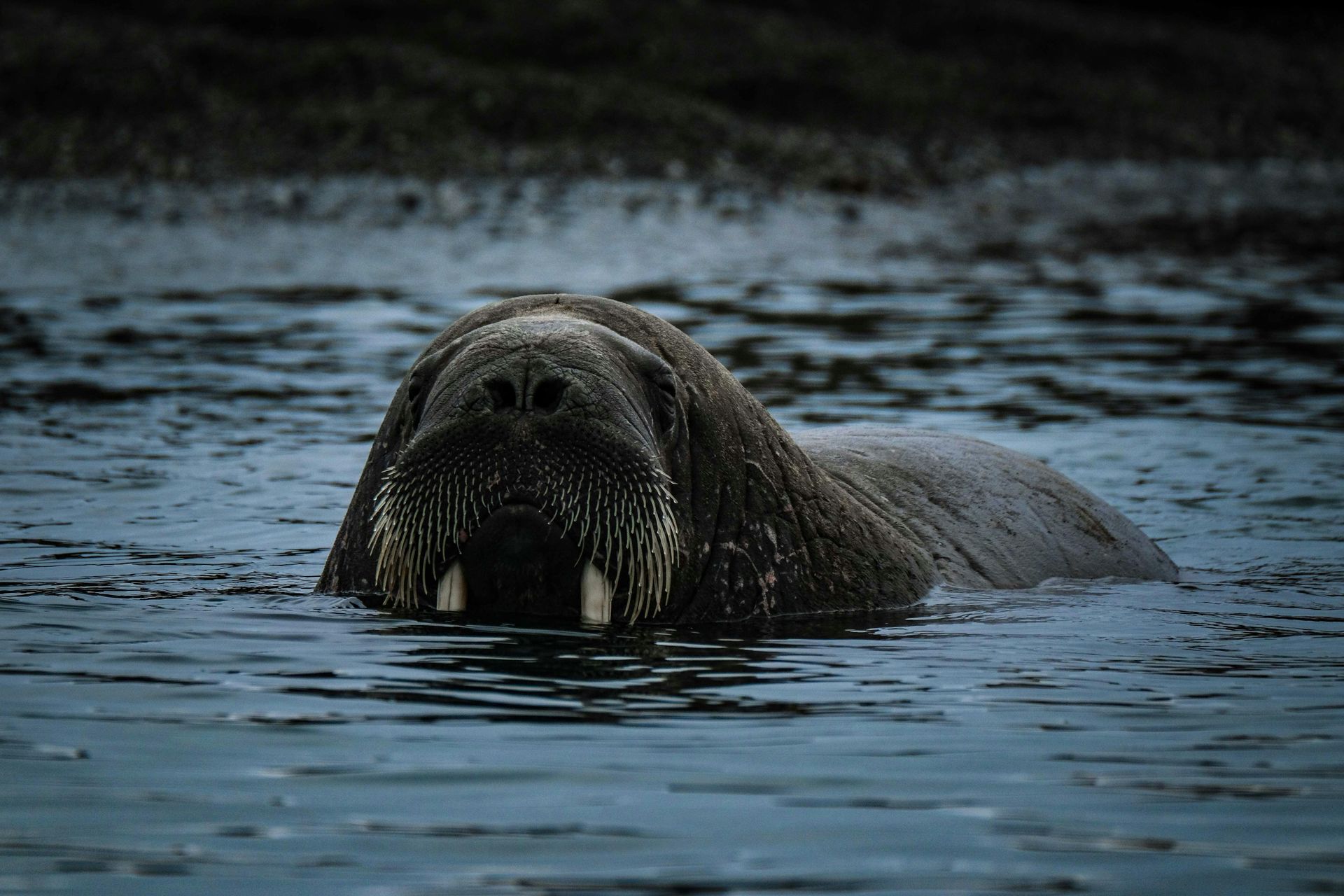Meteor Showers and Stargazing in Svalbard
This is a subtitle for your new post

Svalbard, with its remote location and pristine Arctic skies, offers some of the most spectacular stargazing and meteor shower experiences in the world. The lack of light pollution, combined with the long polar nights, makes the archipelago an ideal destination for those seeking to witness the magic of the night sky. Whether you're a seasoned astronomer or just someone who enjoys a breathtaking celestial display, Svalbard's clear, dark skies are a canvas for some of nature's most stunning spectacles.
One of the most popular events for stargazers is the annual meteor showers that occur over the Arctic winter. The most notable meteor shower visible from Svalbard is the Perseids, which peaks in August. Though Svalbard is typically known for its cold, snowy winters, the August Perseids bring a spectacular light show across the skies, providing a glimpse into the wonder of deep space. This is the perfect time to witness the radiant trails of meteors streaking across the northern horizon, lighting up the otherwise pitch-black Arctic night.
In addition to the Perseids, Svalbard’s winter season is a prime time for catching other meteor showers such as the Geminids and the Quadrantids. These events, typically visible from December to January, create bright, swift meteors that blaze through the Arctic skies, offering stargazers a truly magical experience. The best way to enjoy these cosmic events is to escape the city lights of Longyearbyen and venture into the wilderness for an unobstructed view of the sky. The more remote areas of Svalbard, like the glaciers and fjords, provide perfect vantage points for these natural spectacles, with a backdrop of snow-covered mountains and icy waters.
Beyond meteor showers, the Arctic skies also offer a breathtaking display of the aurora borealis—one of the most sought-after experiences in Svalbard. The Northern Lights are visible from late September to early April, with the darkest months of winter offering the best chances to catch this mesmerizing phenomenon. The aurora is best seen on clear, dark nights, and Svalbard’s polar location means you’re more likely to experience them at their most vibrant.
When planning a stargazing trip in Svalbard, it’s important to be aware of the unique conditions. During the long polar nights (from late October to mid-February), Svalbard experiences continuous darkness, allowing for extended hours of stargazing. However, this also means the weather can be unpredictable, with cloud cover often obstructing the view. Therefore, flexibility and patience are key when chasing the Northern Lights or hoping to witness a meteor shower. Booking with a local guide can be especially helpful in navigating the best spots for stargazing, as they know the areas with the least light pollution and optimal viewing conditions.
If you're keen to capture the Arctic sky with your camera, Svalbard offers exceptional conditions for astrophotography. The long nights and minimal artificial light allow for brilliant photographs of the night sky. However, photographing meteor showers or the aurora borealis requires specific equipment and techniques. A wide-angle lens, a sturdy tripod, and long exposure times are essential for capturing the vibrant colors and trails of meteors. For those unfamiliar with astrophotography, guided tours often offer photography packages that help guests capture the Arctic sky in all its glory.
While the meteor showers and Northern Lights are undoubtedly the main attractions, Svalbard’s Arctic sky also features a host of constellations and planets that can be seen throughout the year. The clear, dark skies make it possible to observe distant galaxies and star clusters with the naked eye or a simple telescope. The iconic constellations of the northern hemisphere, such as Ursa Major and Orion, are often visible, while the planets Venus and Mars make occasional appearances on the horizon. For astronomy enthusiasts, Svalbard offers an unrivaled setting to deepen their appreciation for the cosmos.
Svalbard’s pristine Arctic wilderness not only offers incredible stargazing opportunities but also provides a rare and intimate connection with the natural world. Away from the noise and light of urban environments, the silence of the Arctic night allows for a profound sense of peace and wonder. The vastness of the landscape combined with the celestial displays overhead reminds visitors of the earth’s place in the universe—an experience that is both humbling and awe-inspiring.
For those planning a stargazing trip, it’s recommended to dress warmly, as temperatures in the Arctic winter can be bitterly cold, especially at night. Layered clothing, insulated jackets, and thermal gloves are a must for comfort during extended stargazing sessions. Additionally, some tours offer heated shelters or snowmobiles for easier access to remote viewing locations, providing both comfort and an unforgettable experience.
Whether you’re chasing the aurora borealis, hoping to catch a meteor shower, or simply enjoying the starry skies, Svalbard offers some of the most spectacular celestial views on Earth. Its unique location, pristine environment, and minimal light pollution make it one of the best destinations in the world for stargazing. For those lucky enough to visit during the meteor showers or Northern Lights season, the experience of witnessing these incredible displays in the heart of the Arctic will be an unforgettable highlight of your trip.











